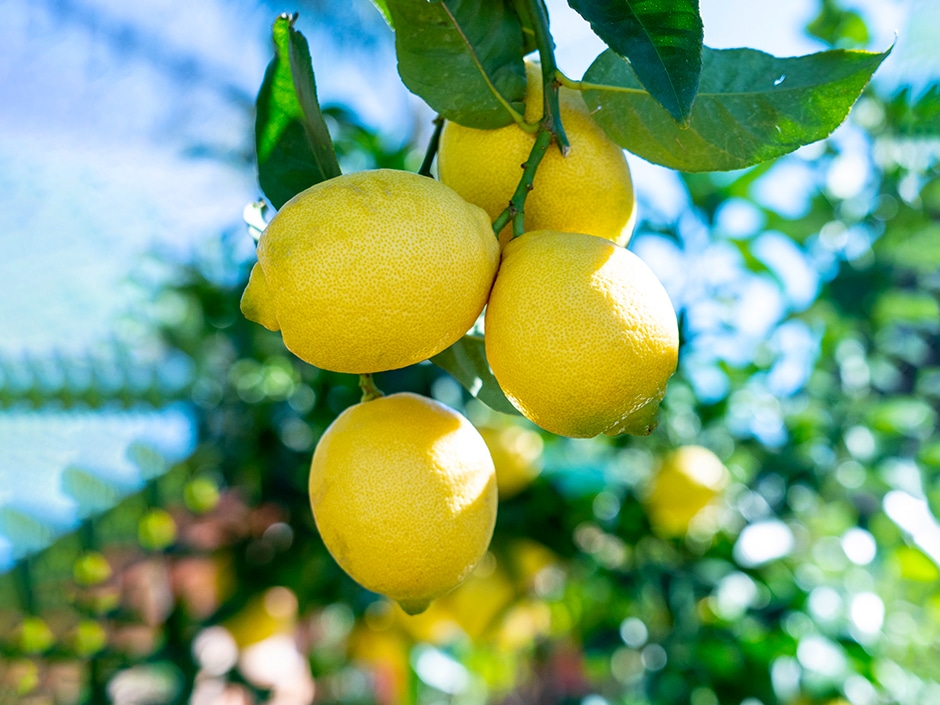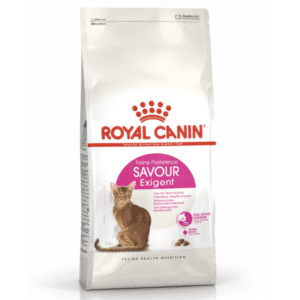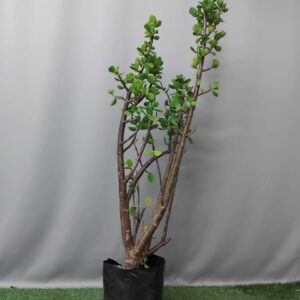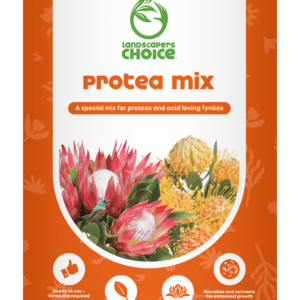How to grow citrus trees
DIY and how-to

Brighten up your winter garden with the brilliant neon colours of citrus fruits. Apart from being edible and rich in vitamin C, the lush, evergreen foliage of citrus plants, their scented blossoms and the brightly coloured fruit that appears in winter are fantastic additions to the garden.
WHAT CLIMATE DO CITRUS TREES GROW IN?
Citrus trees grow best in warm, temperate and subtropical climates without frost. However, they can also be grown in wind- and frost-free dry inland areas if watered regularly.
If you live in a region with mild winter frost (-1°C to -2°C), lemons, navel oranges, certain Valencia orange varieties, some naartjie varieties (satsumas), clementines and mandarin hybrids, limes and kumquats can be grown in the garden.
Even if your garden experiences moderate frost (-3°C to -5°C), you can still add a touch of the Mediterranean to your garden by growing kumquats, lemons and ‘satsuma’ mandarin trees in the garden, provided that the fruit fully matures before the frosts of winter begin, as only dormant trees will survive heavy frost. Your local nursery will advise which varieties to choose.
Calamondins will tolerate brief spells of light frost. Alternatively, position other citrus in a warm microclimate within the garden, such as against a north-facing or west-facing wall, or on a roofed patio.
CAN YOU GROW CITRUS TREES IN CONTAINERS?
Homeowners with small gardens need not deprive themselves of home-grown citrus. Planting larger-growing citrus trees in containers will limit their ultimate size. The plants will thrive in a container as long as they receive enough sunlight and are protected from freezing winter weather. There are also dwarf citrus varieties which only grow to about 2m tall.
Citrus grown in containers can be moved under the roof of a north-facing veranda during the winter months to shelter them from frost. You can also protect the plants by covering them with winter fleece.
TOP TIPS FOR GROWING CITRUS TREES
To achieve the best growth and a bountiful harvest, bear in mind the following:
- Plant in full sun and well-draining soil. The roots of citrus require more oxygen than many other trees, so make sure the soil drains well and is never waterlogged. The best soil for citrus is moderately heavy loam mixed with a good amount of decayed manure and sand. Heavy clay soils are not suitable. The soil in containers should be a fibrous loam enriched with dried cow manure and a tablespoon of bonemeal.
- Water regularly. The soil of citrus trees should be kept moist at all times, particularly when flowering and setting fruit. For the rest of the year, make sure that the trees do not dry out completely. To conserve moisture, keep the root area well mulched at all times, preferably with compost.
- Fertilise citrus trees correctly. Apply a balanced fertiliser that has a high nitrogen and medium potassium level in July, December and March. During the first few years of growth, give the tree 300g at each application. In subsequent years, gradually increase this amount to 2,5kg for a mature, large citrus tree. In addition, give the tree 75g of Epsom salts (magnesium sulphate) three times a year. First put down a mulch of compost and then spread the fertiliser around the trunk, going as far out as the drip line of the branches. Water well after each application.
- Prune citrus trees when necessary. In recent years, it has been proven that pruning citrus can be beneficial for fruit production when it is done in such a way as to let more light penetrate the canopy of the tree. Always prune after fruiting, and carry out many smaller branch prunings, rather than removing just a few larger branches. Aim to have four to six well-positioned, scaffold branches by the first year of bearing. (Scaffold branches are branches that grow laterally from a tree trunk and provide the framework of the mature tree.) In subsequent years, remove ‘extra’ scaffold branches and thorny water shoots, as well as any suckers.
- Protect citrus trees from pests. Keep your citrus safe from pests, the most common of which is citrus psylla. An infestation results in a swelling on the upper leaf caused by insects underneath the leaf. Citrus psylla affects mainly young trees. Spray with Biogrow’s eco-friendly Pyrol or Bioneem, or Efekto’s Natural Insecticide. Less common are the orange dog caterpillar, which can be removed by hand or sprayed with Pyrol or Bioneem; and red and brown scale, which can be sprayed with Pyrol, Efekto Oleum or Dursban 2E.
CITRUS TREE VARIETIES TO GROW
Grapefruit
These trees bear the largest of all the citrus fruits and are best grown in large gardens. Grapefruit thrive in frost-free areas and the fruits develop best in subtropical regions.
Height: 3–6m
Spread: 3m
Tangelos
These hybrids between grapefruits and mandarins bear the next largest fruit. They are yellow-skinned, large, juicy and thin-skinned. For maximum flavour, allow them to ripen fully.
Height: 4.5m
Spread: 3.5m
Oranges
The sweet orange tree varies in habit according to the variety. The size of the fruit also varies, with navel orange varieties generally being larger and sweeter than Valencia varieties. The time of ripening depends upon the locality. Early ripening navels include Newhall and Palmer, which ripen in May and June, and Baianinha, which ripens from April to June.
Height: 5m
Spread: 3–5m
Mandarin oranges
These are grown in a areas where temperatures will not drop below 5°C. The fruits have loose rinds.
Height: 3–4.5m
Spread: 4.5m
Lemons
Lemon trees bear fruit throughout the year in many parts of South Africa. Although frost-tolerant, the trees may be damaged if the temperature drops to -7°C at night. They grow well in containers. Smooth-skinned Eureka is a popular variety. Meyer is a slightly sweeter hybrid with a naturally compact growth habit. The Cape or rough-skinned lemon bears thorns.
Height: 3m
Spread: 2–3m
Naartjies
A new generation of easy-peelers have been developed by citrus breeders. The best varieties to grow are clementines and satsumas. Best harvest occurs where temperatures do not drop below 5°C.
Height: 3–4.5m
Spread: 4.5m
Limes
Lime trees bear strong-flavoured, acid fruits and grow best in tropical climates. Varieties available include West Indian, Mexican and Key lime and the seedless Persian, Tahiti and Bearss lime. Plant only in frost-free areas.
Height: 2–4m
Spread: 2-3m
Calamondins
These small citrus plants are a cross between a naartjie and a kumquat. They thrive in warm conditions, but tolerate brief spells of light frost. They make superb container plants. The miniature fruit has a distinctive flavour and ripens throughout the year.
Height: 0.6–1.2m
Spread: 60cm
Kumquats
These citrus trees fruit best in areas with hot summers and frost-free winters. They bear small orange-like fruit, 25mm in diameter. They are highly decorative, as they bear their flowers and fruit for a long period of time.
Height: 2m
Spread: 2m
You might also like
Shop online
-
- Sale!
SAVOUR EXIGENT 4KG
- Original price was: R788.99.R709.99Current price is: R709.99.
- Add to cart Learn More




